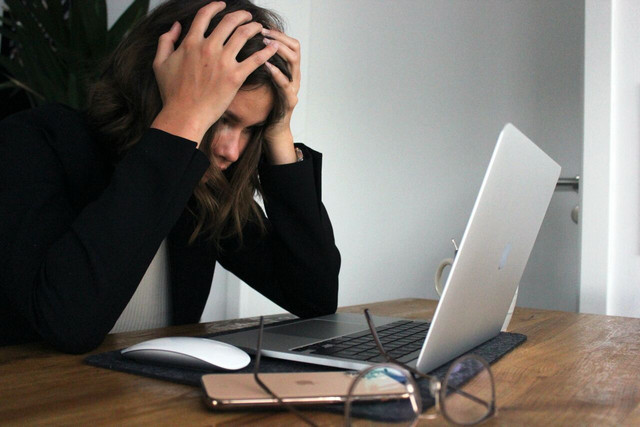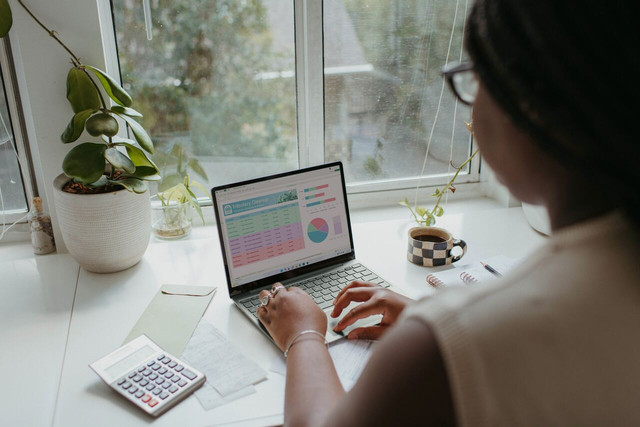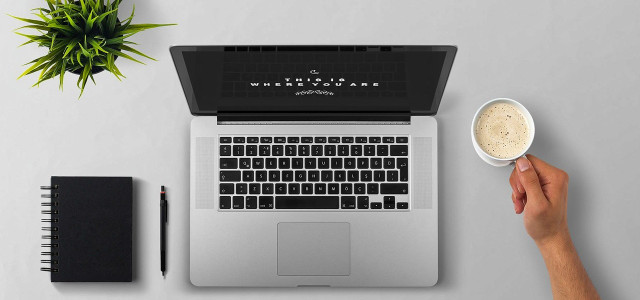What is an afternoon routine and why does it make sense to create one? Keep reading for different midday activities to help you become more mindful and productive.
As the day wears on, it can be easy to feel drained and unproductive, especially after lunch. However, with a well-planned afternoon routine, you can beat the midday slump and maintain your productivity levels throughout the day. Many people tend to have a morning or nighttime routine, but having one for the afternoon is just as important.
Let’s explore why you should have an afternoon routine and some ideas for what to include in your routine as well as a sample structure to get you started.
Why Are We So Unproductive in the Afternoons?

Our bodies regulate how awake or tired we feel throughout the day, leaving us to feel most awake from 10 until 1 p.m. and to get sleepy around 11 p.m. Typically, we experience an afternoon slump from 2 until 5 p.m., leaving us feeling unproductive, tired, and low-energy.
Scientists call the continuous cycle of physical, mental, and behavioral changes the circadian rhythm. Mostly influenced by light and dark, our body clock regulates our body temperature, appetite, and hormones. So, here’s the scientific proof of why we feel so tired in the afternoons! But with the right routine, we can manage our to-do’s better and still get something out of our afternoons.
Afternoon Routine Benefits



Having an afternoon routine can help you stay focused and energized, even when you feel like taking a nap. It provides structure and helps you manage your time more efficiently, which can lead to increased productivity and a better work-life balance.
Generally, routines reduce stress as they help us take things into our own hands and provide us with a safe structure to move within. It can help you develop healthy habits and create a sense of balance in your life. By knowing what to expect during the afternoon, you can reduce the feeling of overwhelm and be better prepared to tackle any challenges that arise. With your new afternoon routine and a couple of easy tips, you may just feel your motivation return.
How to Create Your Own Routine



There are different kinds of tasks that make sense to incorporate into your daily afternoon routine. Think of afternoons as the time to get stuff done that doesn’t require too much concentration. If you want to improve concentration, we’ve got 10 ways to focus better. Here are a couple of ideas to get you started on your afternoon routine:
Stop in the Middle of a Task
What sounds counterintuitive at first, was apparently Hemingway’s trick: He used to stop writing whenever he was really into it. That way, he would be able to return to his desk and let the creative flow overcome him again. If you stop in the middle of completing a task (for example for your lunch break), getting back into the task will be much easier after lunch than having to start a completely new task.
Exercise or Stretch
Exercise can help boost your energy levels, increase focus, and reduce stress. A quick workout or a brisk walk can help you recharge and get ready for the rest of your day. This doesn’t have to take up any of your other time, you could also take a call during your walk or simply stretch yourself for one minute to get your blood flowing.
Work on “Easy” Tasks
Instead of starting your day out by answering emails, try to do it in the afternoons. Answering emails, filing paperwork, writing invoices, filling Excel sheets – whatever administrative work doesn’t require too much concentration is best done in the afternoons.
Organize your days by starting with the hardest tasks and ending with the easiest. If you don’t procrastinate on the big tasks, but get them out of the way in the morning while you’re still concentrating, leaving the easier to-do’s for the afternoon will make you feel much more accomplished and productive.
Work Creatively
If you have a creative side hustle or a personal project, use the afternoon to work on it. Doing something you enjoy can help you stay motivated and engaged. That specifically applies if the project requires your hands rather than your brains and involves activities like repairing, sketching, sewing, gluing, cutting, building, etc.
Networking
Networking can help you build professional connections and learn about new opportunities. Afternoons are the best time to schedule a virtual coffee or a quick catch-up with a colleague. Don’t know what to talk about? We’ve got 18 ice-breaker questions for virtual meetings to help get you started.
Take a Micro Nap
If you really feel too overwhelmed or tired, take a micro nap. By dozing off for a couple of minutes, your brain is much more alert afterward but you still won’t have missed too much time. It’s crucial to set your timer to a maximum of 30 minutes, everything surpassing that limit won’t be beneficial for your concentration or your night’s sleep.
Afternoon Routine Sample Structure



In order to help you get started and show you how accessible these tips are, there is a sample structure of an effective afternoon routine.
- 2:00 – 2:15 p.m. – Exercise: A quick walk after your lunch break can help you recharge and get ready for the rest of your day.
- 2:15 – 3:15 p.m. – Get back to your task: After your walk, you get back to the task you have left to be completed before your lunch break or walk. Get back to it and see how long you’ll be able to concentrate on it.
- 3:15 – 3:30 p.m. – Networking: Schedule a virtual coffee or a quick catch-up with a colleague. This can help you build professional connections and learn about new opportunities.
- 3:30 – 4:30 p.m. – Creative Work: Use this time to work on a personal project or side hustle. Doing something you enjoy can help you stay motivated and engaged. If you can prolong this time, great!
- 4:30 – 5:00 p.m. – Paperwork: Spend time doing administrative tasks like answering emails or filing paperwork. This is the time to schedule your next day. Create a short to-do list, starting with the most important task and ending with the least important one. Planning out your day ahead will not only make relaxing in the evenings much more enjoyable, but it will also allow you to use your fresh morning energy the next day to immediately start working, rather than having to start by planning your day.
Having an afternoon routine can help you stay productive and focused, even when you are feeling tired or overwhelmed. By incorporating activities such as exercise, meditation, creative work, networking, and learning, you can recharge and prepare for the rest of your day. Use the sample structure above or create your own routine that works for you, and enjoy the benefits of increased productivity and reduced stress.
Read more:
- How to Start Journaling and Make It a Habit: 8 Tips
- Rise and Shine: 3 Major Benefits of a Morning Workout
- Matcha vs. Coffee: Which Is Healthier & More Sustainable?
Important Information regarding Health-related Topics.
** Links to retailers marked with ** or underlined orange are partially partner links: If you buy here, you actively support Utopia.org, because we will receive a small part of the sales proceeds. More info.Do you like this post?









